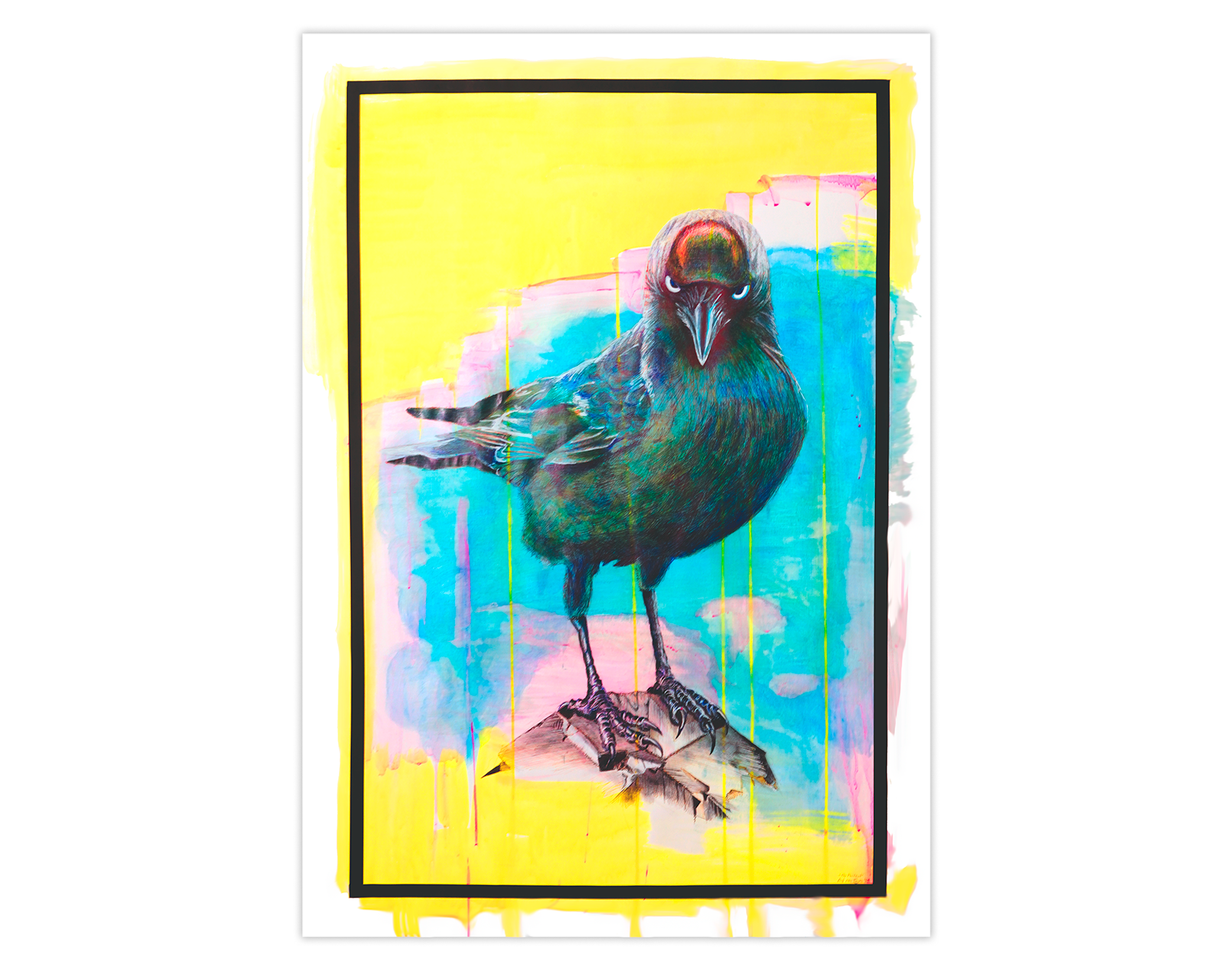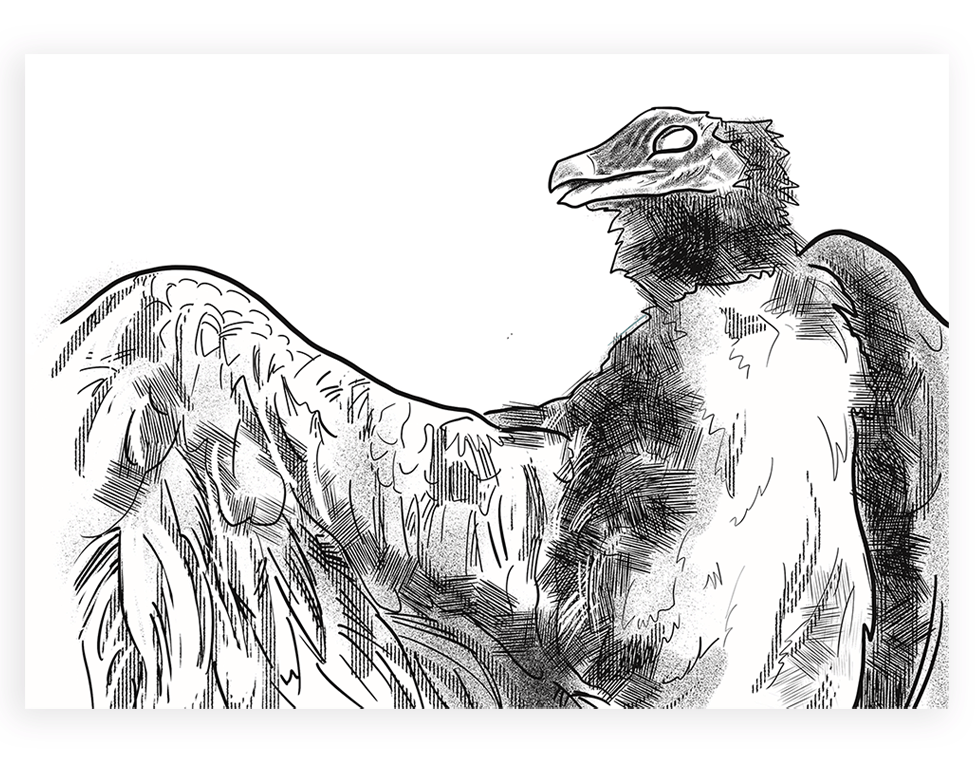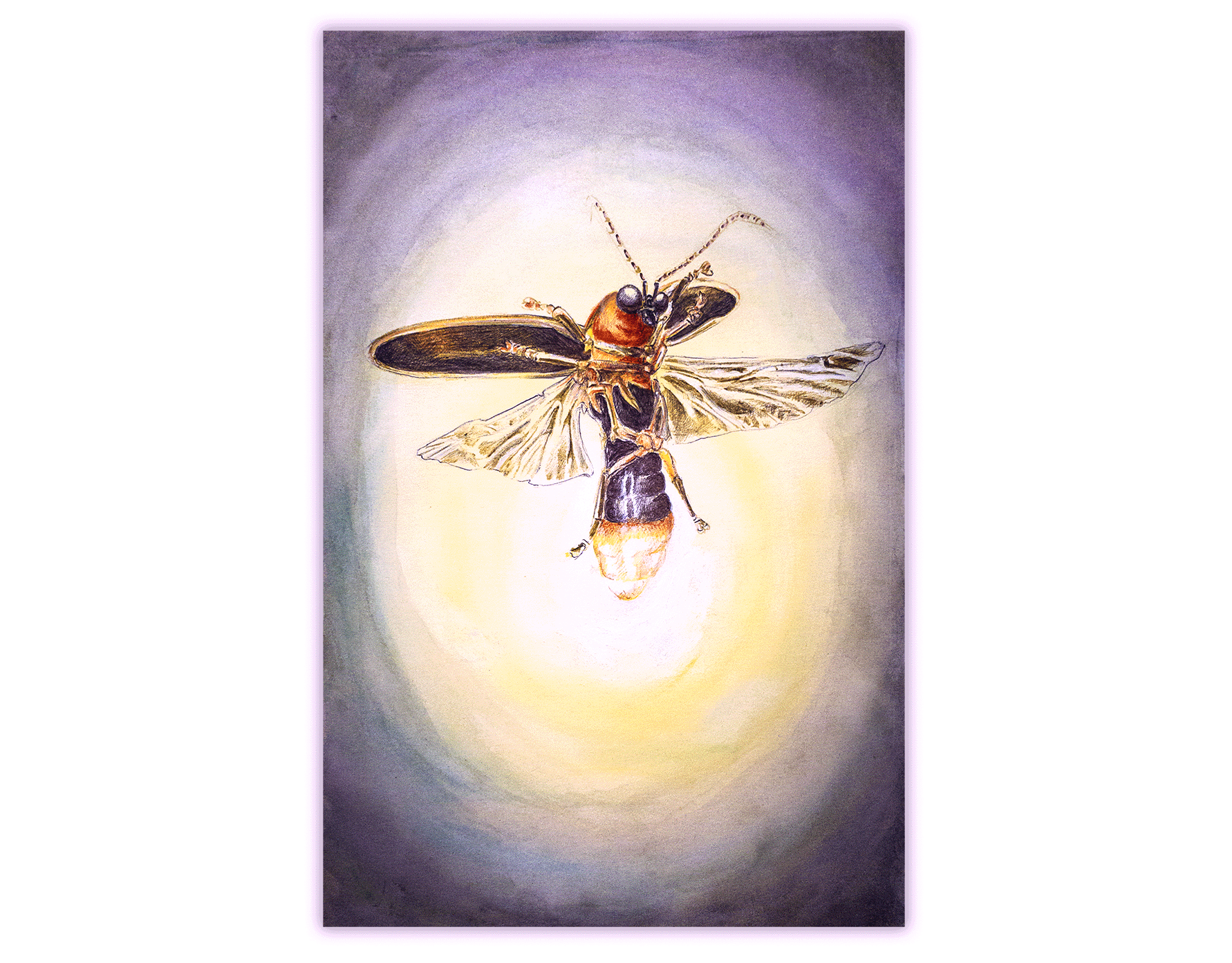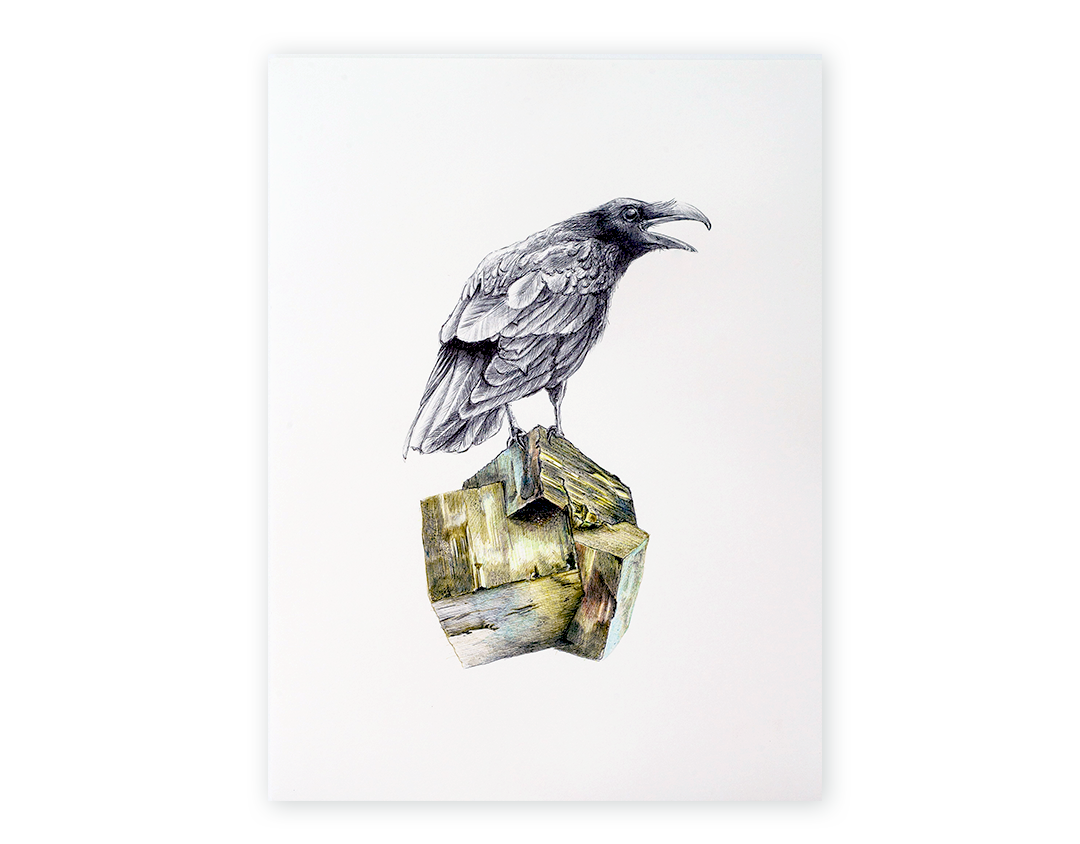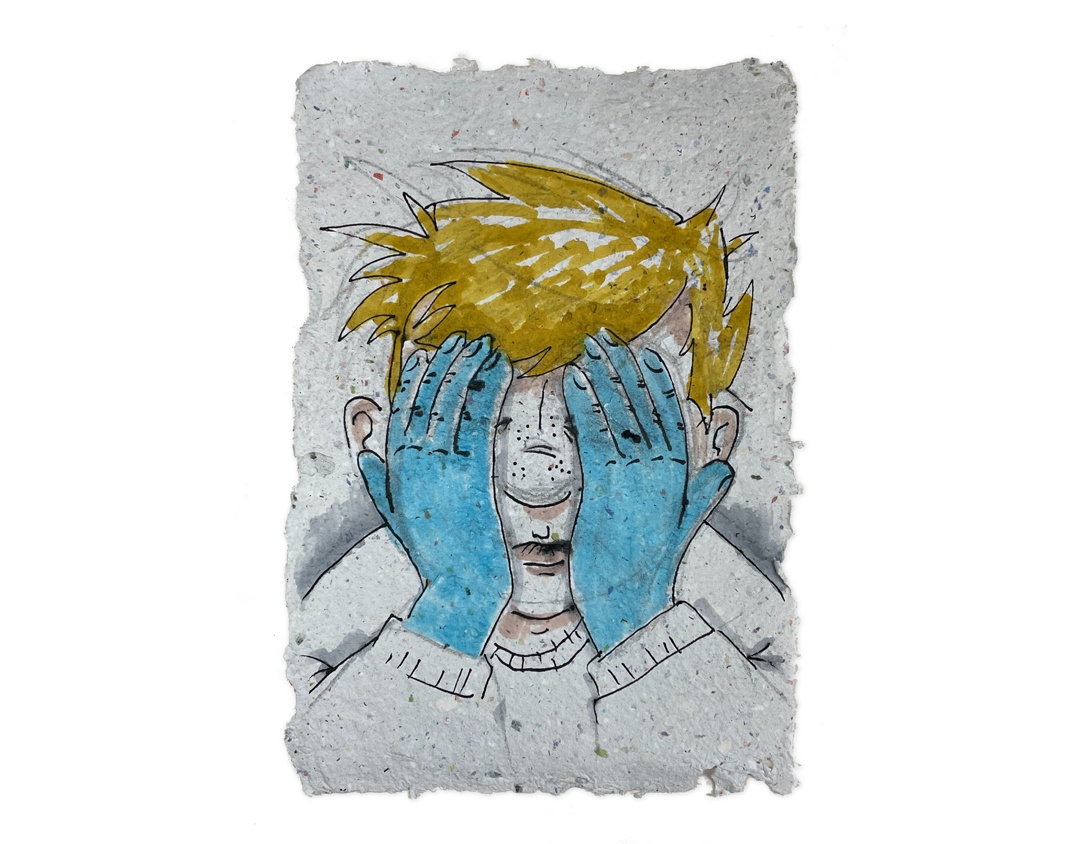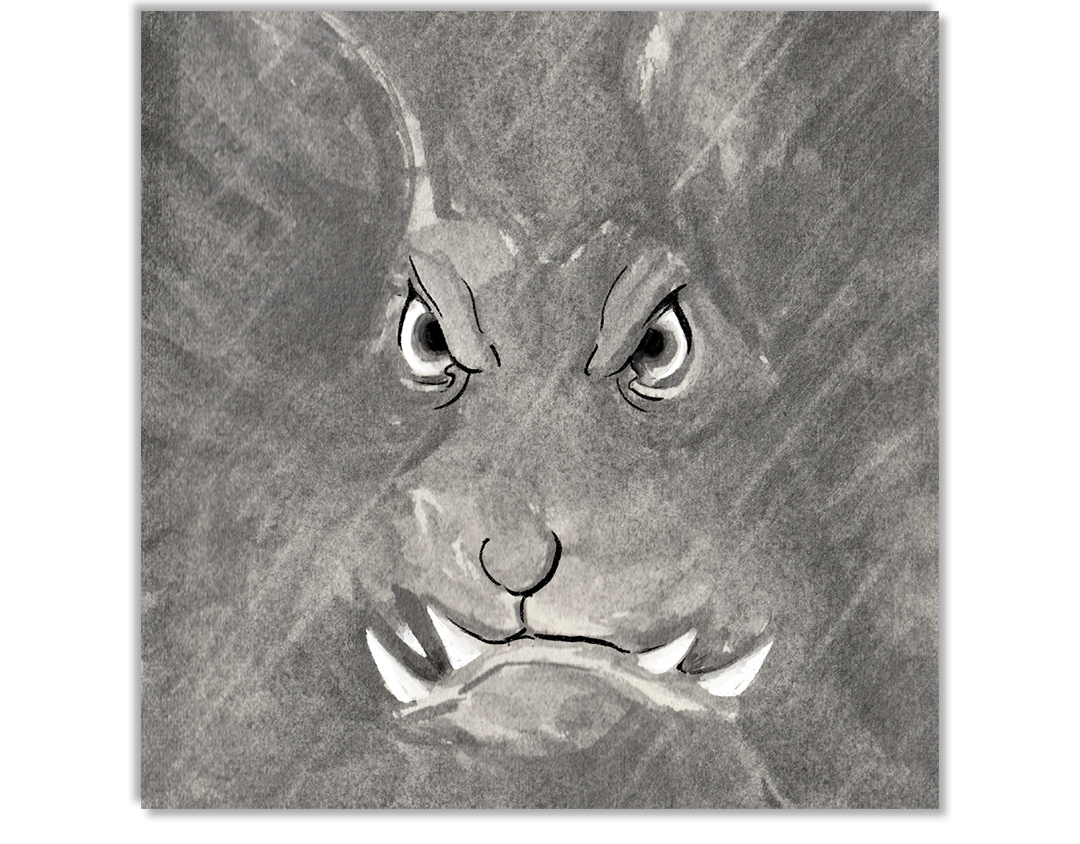"Beware the wild rushes, my mother told me
That grow on the bank side along the salt sea"
Russalka / The WIld Rushes , The Decemberists, Lyrics: Colin Meloy
That grow on the bank side along the salt sea"
Russalka / The WIld Rushes , The Decemberists, Lyrics: Colin Meloy
Through the years I have listened to The Decemberists quite a lot, and often thought "wouldn't it be great to turn one of their songs into a picture book or graphic novel"?
So late 2024, while studying Visual Storytelling at the Venster Academy in Utrecht, I decided the time had come. The assignment was to experiment with visual storytelling and it's main form: the picture book. We were pushed to explore beyond this time-old format.
I took this to heart and vowed to push as hard and far as I could. Now the assigment is done and the dummy book is is finished, I look back and see that pushing the experimental form to the limit has resulted in something that looks very much like a classic book.
But looks can be deceiving.
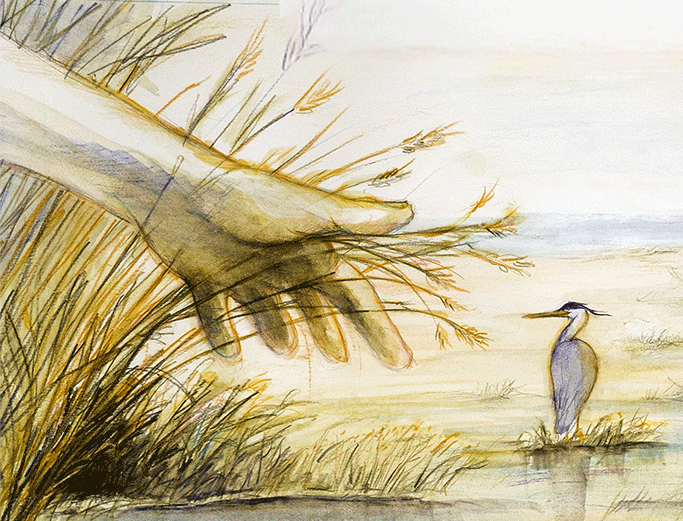
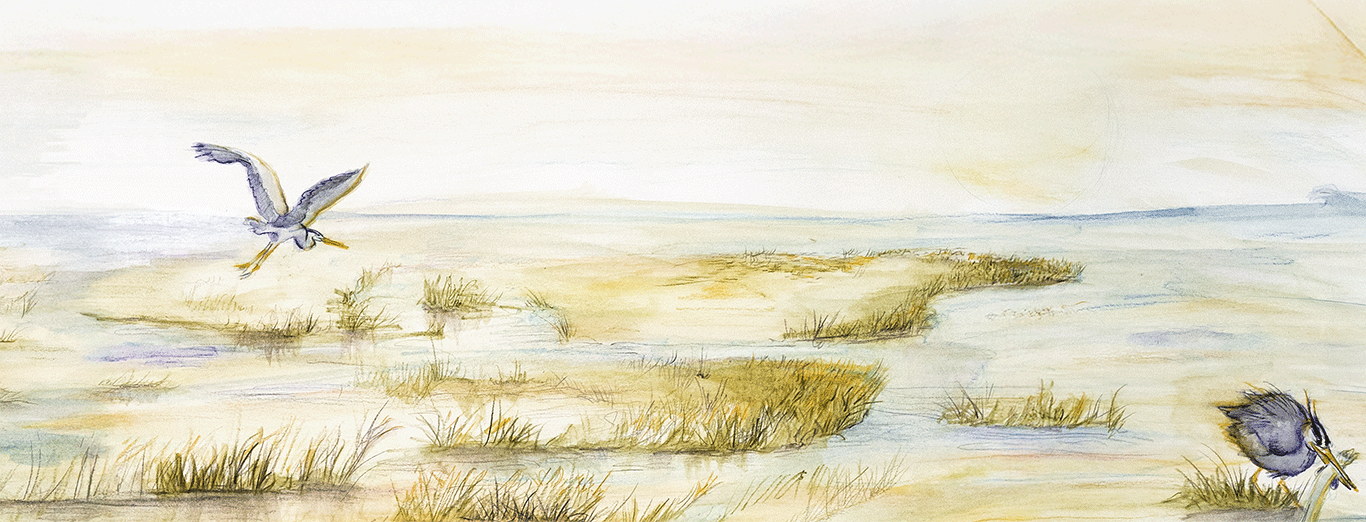
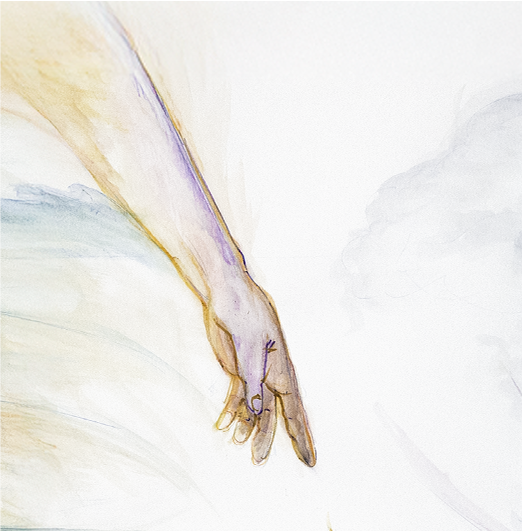
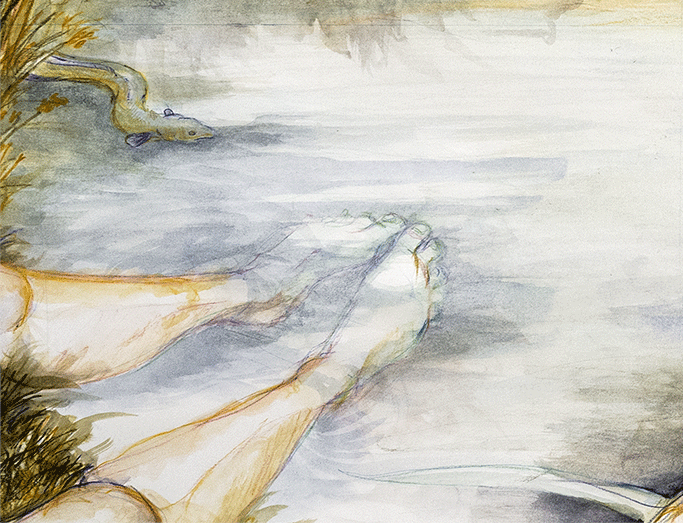
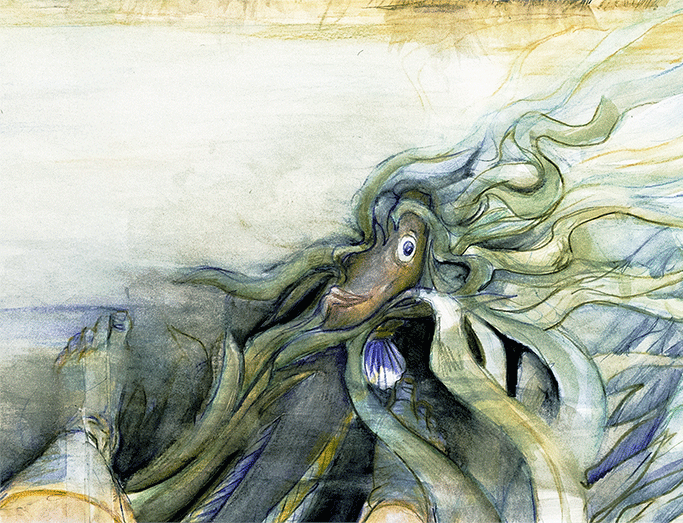
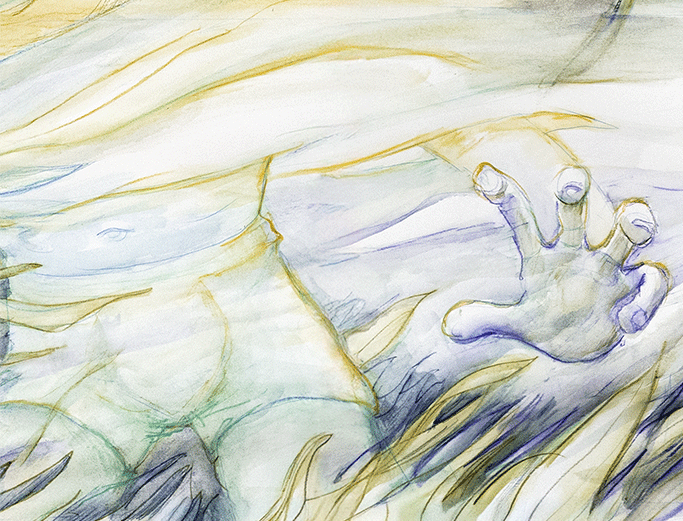

Why? Because 'The Wild Rushes' is not a run-of-the-mill book. It's a fold-out book and a DIY kit for creating a 1.35m wide poster. And the original drawing is a single 2 meter wide drawing in watercolor pencil.
The drawing tells the story of 'The Wild Rushes', which is one half of the lyrics of the song ‘Russalka / The Wild Rushes' written by The Decemberist's Colin Meloy. It is an interestingly literary song, rife with references to 19th century writings, fairy tales and myths.
The song is a re-imaging in two parts of Dvorak’s opera Russalka (1901), which is itself partly based on Hans Chrtistian Andersen’s The Little Mermaid (later adapted by Disney). The first part follows the opera’s story and is told from the perspective of the prince who fell in love with a water nymph. The second part is a parallel story with follows a similar arc, but told from the perspective of a teen boy, who ventures into the ‘salt sea’; a seaside swamp. It is a simple, but dramatically effective telling of the death of a boy who refrained from listening to his mother.
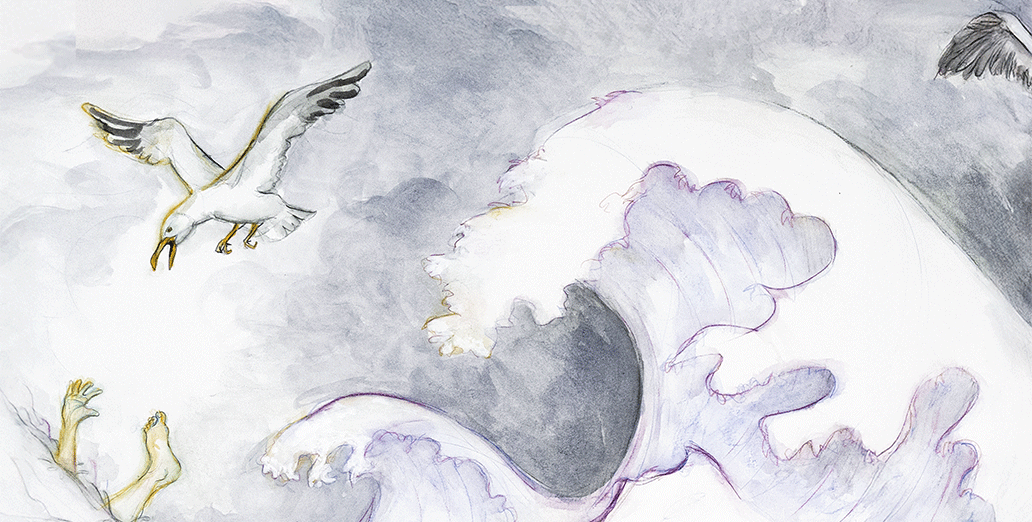
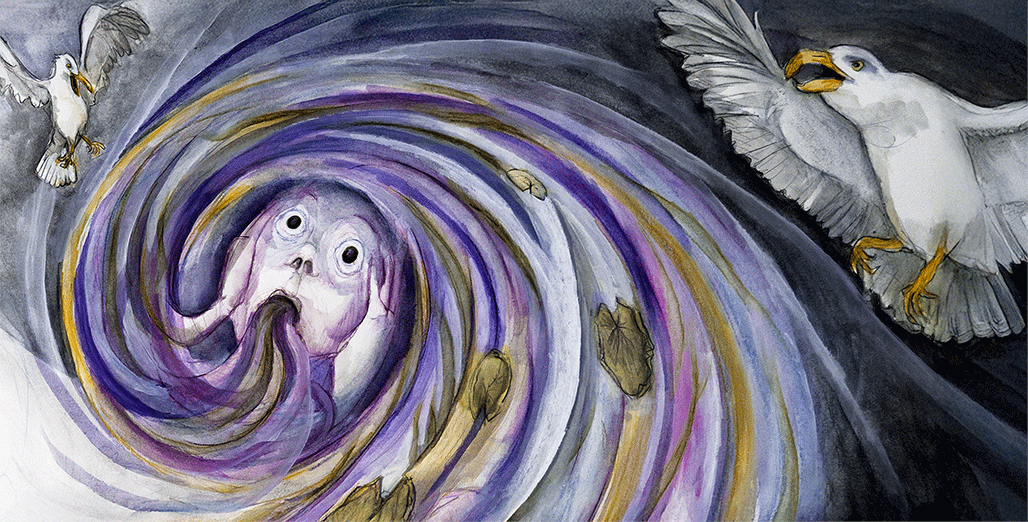


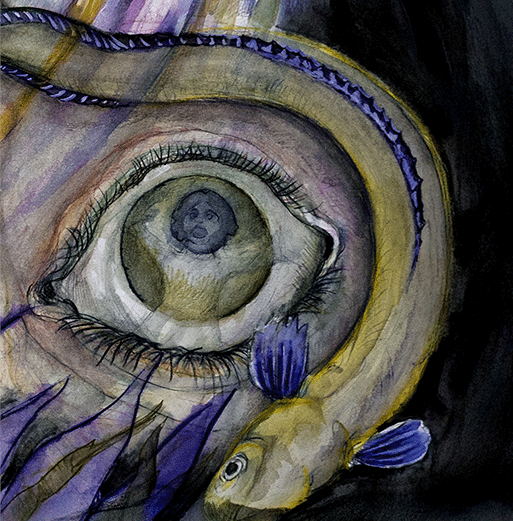
But when approached visually it can be a lot more than that. It can also be imagined as a story about the forces of both Nature and Love crashing into each other. Both awesome, but also terrifying, with the change between the two states potentially swift and possibly deadly. At least for Nature that is (although Nick Cave, as well as Colin Meloy have definitely something to say/sing about fatal forms of love.
Besides musical references I also added a lot of art historical references to The Wild Rushes. These range from the obvious Water Lillies by Claude Monet, Hokusai's famous 'The Great Wave off Kanagawa' and Edvard Munch's The Scream, to less literal inspirational sources like John James Audubon, Walton Ford, William Turner and John Everett Millais.
The inside cover was borrowed from the collection of the J. Paul Getty Museum: Rufus Morgan, stereograph of a cypress swamp filled with moss, around 1875. Albumen silver print.
The Wild Rushes was made using watercolor pencil on paper as a study assigment for Venster Academy Utrecht. In it's current form it is not intended for publication. Copyright for the illustrations: Erik van Tuijn 2025.
Want to know more or maybe start up a collaboration?

